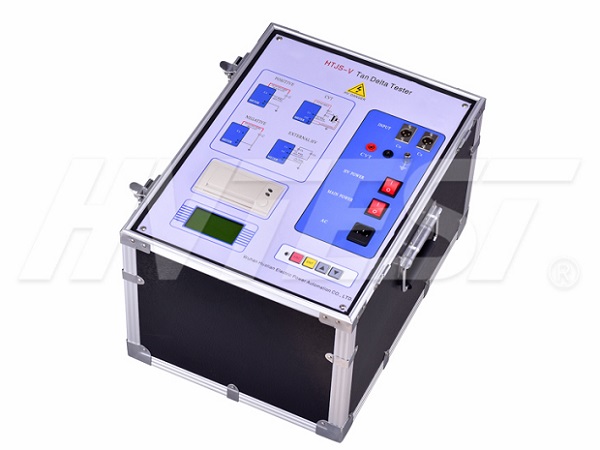Detection Technology
The role of dielectric loss measurement
The dielectric loss measurement coefficient (tgδ) is an important parameter describing the performance of electrical equipment insulation materials. It is usually defined as the ratio of active loss to reactive power loss in dielectric loss. Generally speaking, the greater the dielectric loss coefficient of electrical equipment, the overall insulation The worse the performance, therefore, the accurate measurement of the dielectric loss measurement coefficient has become an important technical means to evaluate the insulation performance of electrical equipment.
In the traditional measurement method, the classic method of dielectric loss measurement is the Xilin bridge method. Generally, a 50Hz test power supply is strictly used, which is more sensitive to on-site power frequency interference. Due to the need to configure high-precision standard capacitors, it is difficult to achieve high-voltage cables. Dielectric loss measurement.
Application of dielectric loss tester
With the development of computer and microelectronics technology, digital dielectric loss measurement technology based on phase difference measurement, discrete Fourier analysis and capacitive current compensation has been gradually developed, using the powerful data processing capabilities of computers, digital dielectric loss measurement equipment In principle, it is no longer dependent on the capacitance standard, and through the dual-frequency (power frequency/different frequency) measurement principle, it has strong anti-interference ability, so it is widely used in offline and online measurement occasions.
In recent years, with the application of oscillating wave test technology, dielectric loss measurement technology based on decay time constant measurement has gradually been derived. The dielectric loss tester mainly uses the principle of equal capacitive reactance and inductive reactance under resonance conditions. Loss theory and test results put forward three main sources of XLPE cable dielectric loss: conduction loss, polarization/relaxation loss and resistance loss of the semiconducting layer, which play a leading role in the low frequency, intermediate frequency and high frequency bands in turn.
Due to the large charging capacitance and insulation resistance of the XLPE cable, the dielectric loss coefficient under normal conditions is very small. Therefore, the detection is more difficult and the detection accuracy is low. Generally, it is only used to evaluate serious insulation level degradation or failure , The results of local defects or early insulation failures are more complicated.
Function of insulation resistance test | 2020/9/12 | reading825time Instruments for measuring ground resistance | 2020/9/11 | reading815time return


